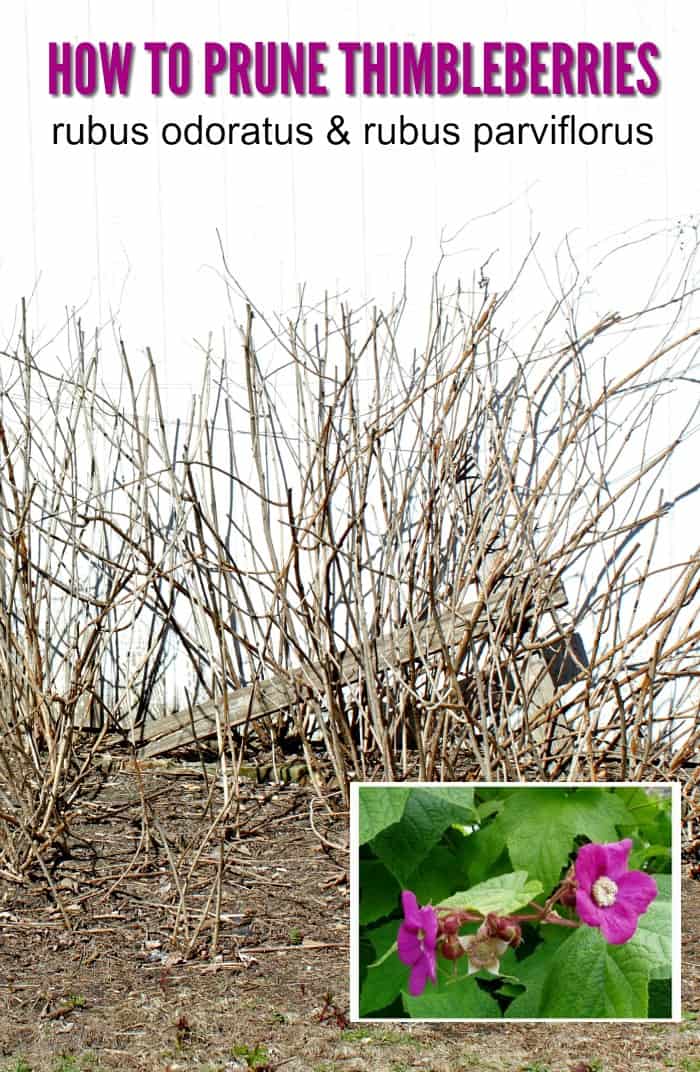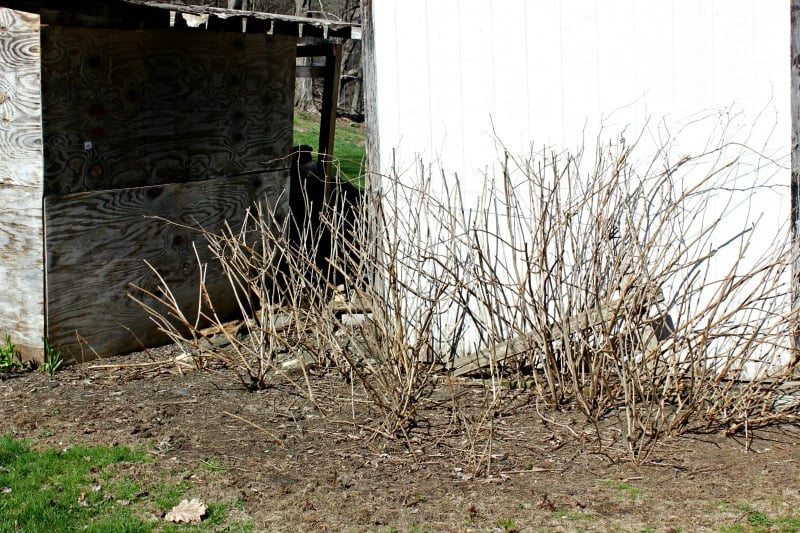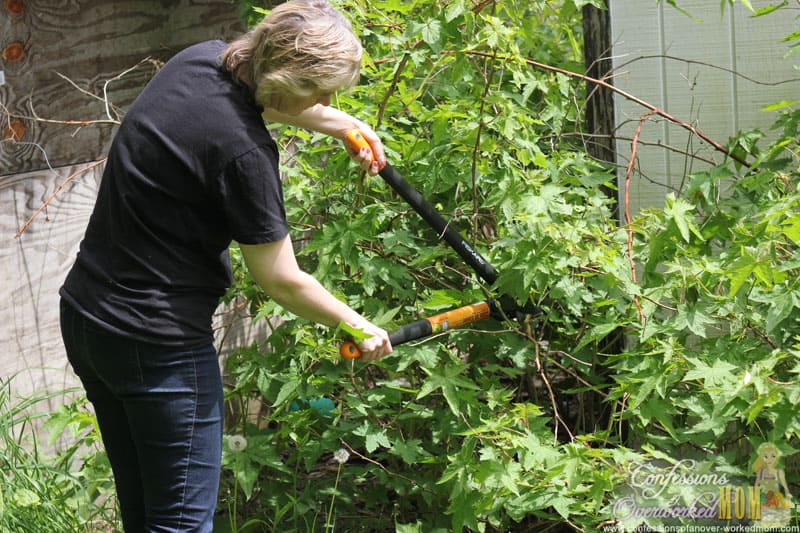Last Updated on December 2, 2022 by Ellen Christian
Do you know how to prune thimbleberries? If you live in the northern part of the US or in Canada, you may have these growing in your backyard. While they aren’t as prolific as raspberries, if taken care of properly, you can get a fair amount of berries.
Posts may be sponsored. This post contains affiliate links, which means I will make a commission at no extra cost to you should you click through and make a purchase. As an Amazon Associate I earn from qualifying purchases.
How to Prune Thimbleberries
Thimbleberries are also known as Rubus parviflorus if the flowers are white or Rubus odoratus if the flowers are pink. They are a type of old fashioned, wild raspberry and are a member of the rosacea (rose) family. Bushes grow between six to ten feet high and can grow six to twelve feet wide.
Even with aggressive pruning, ours flourishes every year with very little attention. Because these are a wild variety of berry, you won’t get as many berries from them as a cultivated variety. However, I think they are much more attractive and they are hardier in our zone 4 area. They enjoy moist shady places and often grow along the tree line.
Give them support
Because thimbleberries can grow to about six feet high, it is easiest to keep them trellised or in a contained area to control them. We have them growing in between our wood shed and our garden shed.
Regular pruning
Like any bramble type plant, thimbleberries will need regular pruning. I use long handled loppers to reach into the bush when pruning. No worries, thimbleberries do not have thorns. After the end of your second year, you will want to cut down all of the last years canes to about six inches from the base of the plant. You’ll have to repeat this every year.
Wasp galls
After the leaves fall from the plant in the fall, you will want to examine it for wasp galls (lumps that form on the stem of the thimbleberry). These are egg filled sacs of a parasitic wasp and should be removed and burned to prevent damage to the plant.
Rubus is the name given to bramble plants like raspberries and blackberries. The odoratus part of the name is because the beautiful pink flowers are very fragrant.
If you were wondering how to prune thimbleberries, that’s really all that there is. The plant will attract hummingbirds to your yard and provide small, delicious berries during the summer. You should see them flower between June and August depending on how far north you live. If you don’t have room for your own plants, you can try foraging wild ones in the woods.
I have never seen thimbleberry seeds for sale but I have seen thimbleberry plants for sale which you may be able to find locally or on Amazon.
If you’ve enjoyed these tips, you may want to read more of my gardening articles or try adding thimbleberries to your favorite jam recipe.

Ellen is a busy mom of a 24-year-old son and 29-year-old daughter. She owns six blogs and is addicted to social media. She believes that it doesn’t have to be difficult to lead a healthy life. She shares simple healthy living tips to show busy women how to lead fulfilling lives. If you’d like to work together, email info@confessionsofanover-workedmom.com to chat.






I would love to grab some from our family property in Idaho and plant them along 2 of the 4 sides of my detatched garage. Unfortunately our alley is dirt and gravel. I was thinking of creating a barrier out of landscape plastic to keep them where I want them. I cannot find any info on root depth though.
I don’t recall the exact depth we dug. But I don’t think they are very picky. Mine grow like weeds and it takes a lot of effort just to keep them in one spot.
I dont think we have these in the south but I do have blackberries that have to get pruned regularly and the long handled loppers are a must!
I totally agree, Diane. They are a huge help.